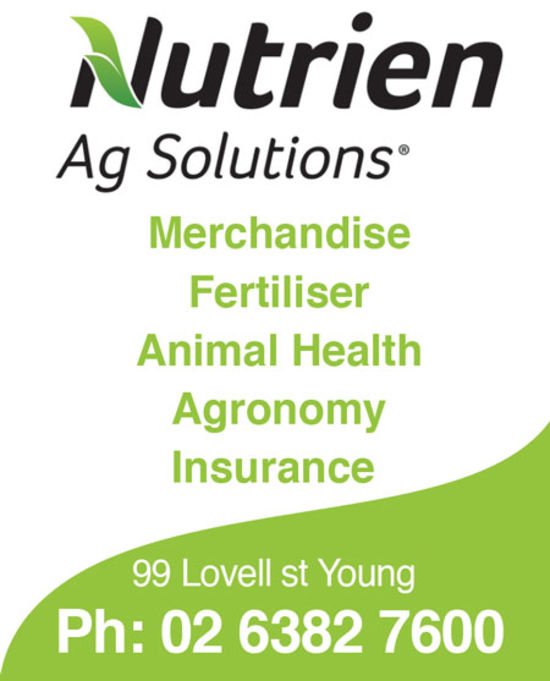Risky Situations
Grazing legumes (e.g. lucerne and clover), grazing brassicas and certain ryegrass species high insoluble protein will present a risk. Frost – causes plant cells to rupture which increases the soluble protein and carbohydrate concentration in the forage, increasing the risk. Cattle are more susceptible than sheep.
Symptoms
• Upper left flank becomes swollen
• Animal becomes uncomfortable and agitated
• Cattle will often kick at their sides
• Tongue extended, difficult breathing
• Unable to stand and eventually lies down
• Death from respiratory failure
• Sub-clinical conditions reduces productivity
Prevention
Preventative products are available to assist in controlling bloat and should be used in conjunction with pasture management.
Agricon Bloatade Block® – includes the antifoaming agent Teric (preventative action). It has a high molasses inclusion to promote intake. Provide to cattle 4 weeks before onset of bloat season. Pasture Management:
Feed hay immediately before introduction to lush clover or lucerne pasture and provide quality cereal hay or straw ad lib whilst stock are grazing susceptible pasture.
Allow initial access to susceptible pastures for short periods only. Do not graze immature legume pastures.
Be aware that frosts will change the forage composition and increase the risk of bloat.
Stay Connected
Subscribe
Get in Contact
Hilltops News to your inbox
Sign up now for the latest news from the Hilltops Area direct to your inbox.


